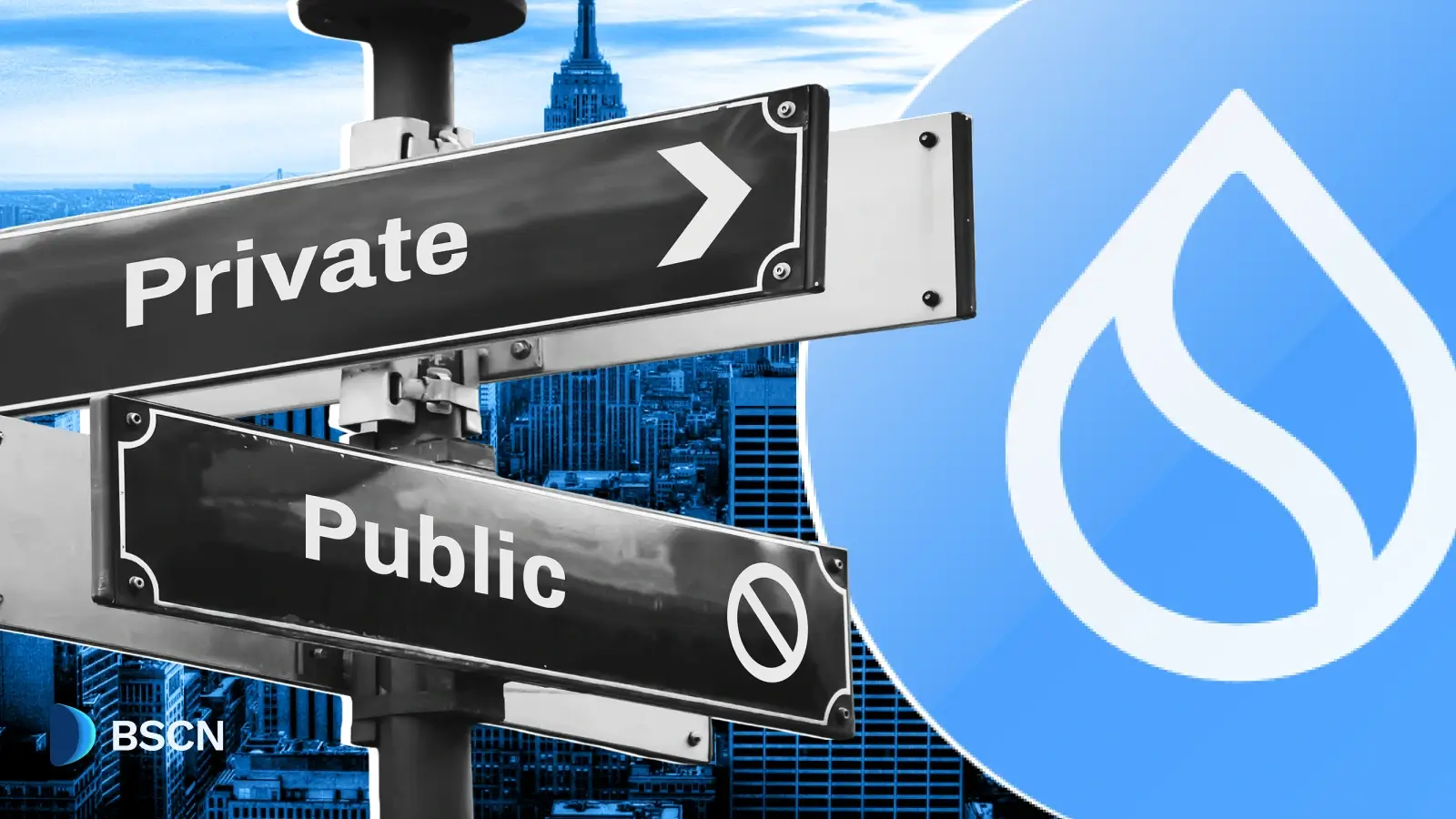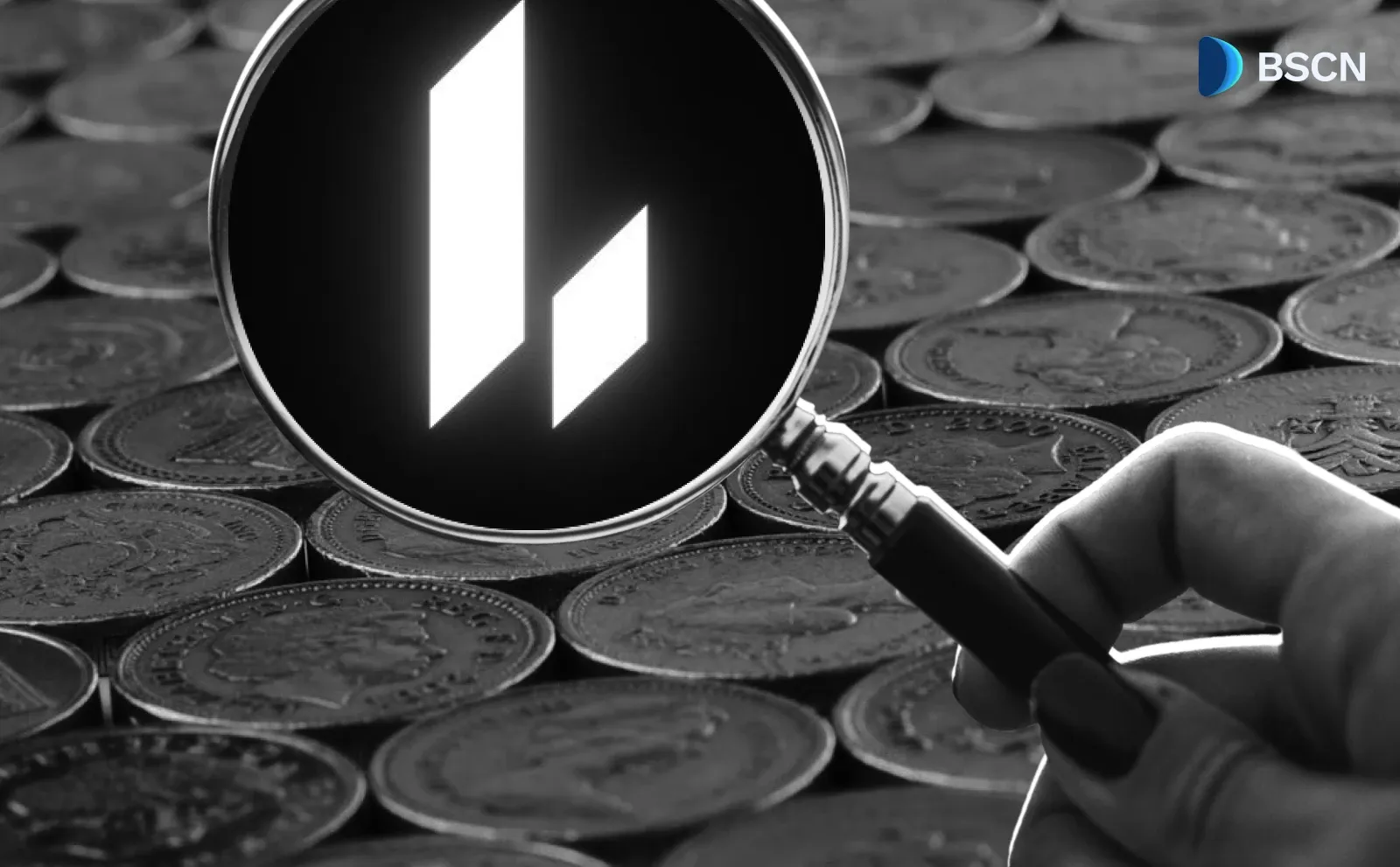Research
(Advertisement)
What’s Next for Atleta Network Following Mainnet Beta and Token Release?

Following its mainnet beta and $ATLA debut, Atleta Network outlines a roadmap of integrations, data solutions, and global sports partnerships.
Miracle Nwokwu
September 19, 2025
(Advertisement)
Table of Contents
Atleta Network marked a significant step in its development when its beta mainnet went live on August 1, 2025, providing a foundational platform for sports-focused blockchain applications. Just over two weeks later, on August 17, the project's native token, $ATLA, made its debut on the MEXC exchange, opening it up to broader trading and liquidity.
Since these launches, the network has seen steady activity, including the activation of staking mechanisms and ongoing integrations that aim to strengthen its ecosystem. As Atleta continues to build, questions arise about how it plans to expand its role in bridging sports and decentralized technology.
Developments Since the Mainnet Beta Launch
In the weeks following the mainnet beta rollout, Atleta has focused on core functionalities to ensure stability and user engagement. The network, built on a modular, multi-layer architecture compatible with Ethereum Virtual Machine (EVM), now supports essential operations like secure data storage and transaction processing. One immediate highlight was the introduction of staking on August 27, which allows $ATLA holders to contribute to network security while earning rewards from emissions and transaction fees. This not only reduces circulating supply but also gives participants a direct stake in governance, enabling them to influence decisions as validators or nominators.
Trading activity for $ATLA picked up quickly after its listing, with the token reaching an all-time high of $31 on September 13. By early September, the network had climbed to the top spot in the sports category on platforms like DropsTab, reflecting growing interest. The token trades at $29.71 on MEXC, as of writing. Meanwhile, the team has emphasized transparency, sharing updates on module deployments such as a built-in decentralized exchange (DEX) for peer-to-peer swaps and a bridge for cross-chain asset transfers, both of which are undergoing audits and slated for full activation soon. These steps, combined with community quests on platforms like Galxe and QuestN, have kept engagement high, distributing rewards and preparing users for upcoming airdrops.
Breaking Down the Roadmap: Quarter by Quarter
Atleta's roadmap, outlined through visual timelines, provides a clear sequence of priorities extending into 2027. It emphasizes gradual scaling, with a focus on integrating sports-specific features while enhancing technical infrastructure.
In the third quarter of 2025, the network completed its mainnet launch and initiated liquidity grants alongside a bug bounty program to encourage secure development. DeFi partnerships expanded, and a hackathon integrated lending protocols, fostering innovation among builders. Looking ahead to the fourth quarter, Atleta plans a massive airdrop to reward early contributors, followed by the deployment of a data storage testnet and mainnet. This layer, powered by Fully Homomorphic Encryption (FHE), will enable secure handling of sports data like athlete metrics and media without compromising privacy.
Moving into 2026, the first quarter includes listing $ATLA on Tier-1 centralized exchanges, publishing SportFi research, and activating a "Data Rush" event to showcase storage capabilities. By the second quarter, a parallelized virtual machine (VM) mainnet will launch, alongside a point system to incentivize user activity. The third quarter shifts toward real-world adoption, with an affiliate program designed to attract Web2 businesses, sports organizations, clubs, leagues, and federations through tailored API development.
Expansion accelerates in the fourth quarter of 2026, targeting markets in Asia, Latin America, and the Middle East via local Web3 and sports partnerships. A standout initiative is the organization of the Atleta Cup, spanning traditional and cyber sports to demonstrate the network's practical applications. By 2027, the focus turns global, with collaborations involving major brands like FIFA, Nike, and Adidas in the first quarter, including $ATLA integration into payment systems. The second quarter introduces artificial intelligence and decentralized data tools, culminating in hosting a World Drift Championship featuring AI-driven drift cars.
This structured approach ensures that each phase builds on the last, prioritizing security audits and community input to avoid common pitfalls in blockchain projects.
Strengthening Ties: Recent Partnerships and Ecosystem Growth
Partnerships have played a crucial role in Atleta's post-launch momentum, adding layers of security, infrastructure, and accessibility. In August, collaborations with Fastnode for high-performance RPC access and CodexField for decentralized code marketplaces enhanced developer tools. Security was bolstered through ties with Sherlock for audits and Nomis for Sybil protection in airdrops, ensuring fair distribution of rewards.
September brought integrations with Hotcoin Global, a top-30 exchange serving over 6 million users, to broaden $ATLA's reach. Earlier alliances, such as with Renta Network for tokenized asset rentals and ChainAware for AI-driven Web3 agents, highlight Atleta's emphasis on real-world utility in sports. The network has also aligned with gaming and AI protocols like Runera and NOTAI, expanding beyond traditional sports into esports and fan engagement.
These connections not only provide technical synergies but also open doors to new audiences. For instance, the partnership with BioMatrix aims to safeguard user rights in financial opportunities, while Zenko focuses on token-powered ecosystems for businesses and sports clubs. Overall, Atleta's ecosystem now includes over 20 strategic allies, from infrastructure providers like Ankr to payment innovators like Terminus PoS, creating a robust foundation for growth.
Looking Ahead: Opportunities and Considerations for Stakeholders
As Atleta progresses, its sports-centric design positions it uniquely in the blockchain space. The network's ability to handle high-volume interactions—essential for fan-driven billions in the sports industry—combined with features like on-chain data verification, could redefine transparency in areas like ticket sales, athlete contracts, and performance analytics. With the upcoming marketplace launch in Q4 2025, fans will gain access to digital athlete cards and verified stats, potentially transforming how communities interact with their favorite teams.
For developers and investors, the low-cost, EVM-compatible environment offers straightforward entry points, supported by multilingual tools in Solidity and Rust. However, success will depend on executing the roadmap amid market fluctuations; early indicators like the testnet's 25 million transactions and 1 million wallets suggest strong potential. Community involvement remains key, with ongoing quests and airdrops encouraging participation.
In a field where many projects promise broad utility, Atleta's targeted approach to sports could carve out a lasting niche. As the network evolves, stakeholders will watch closely to see how these plans translate into tangible advancements, potentially setting new standards for industry-specific blockchains.
Sources:
- Atleta Network X profile: https://x.com/Atleta_Network
- Atleta Token Activity and Market Data: https://coinmarketcap.com/currencies/atleta-network/
Read Next...
Frequently Asked Questions
What is Atleta Network and what makes it unique?
Atleta Network is a sports-focused blockchain built on a modular, EVM-compatible architecture. It enables secure data storage, decentralized finance (DeFi) integrations, and fan engagement tools, making it distinct from general-purpose blockchains.
When did Atleta Network launch its mainnet beta and token?
The Atleta Network mainnet beta launched on August 1, 2025, and its native token, $ATLA, debuted on the MEXC exchange on August 17, 2025.
What does Atleta Network’s roadmap include for 2025–2027?
Atleta’s roadmap features airdrops, data storage layers with Fully Homomorphic Encryption (FHE), Tier-1 exchange listings, SportFi research, affiliate programs for Web2 sports clubs, global sports partnerships with brands like FIFA and Nike, and AI-powered sports innovations.
Disclaimer
Disclaimer: The views expressed in this article do not necessarily represent the views of BSCN. The information provided in this article is for educational and entertainment purposes only and should not be construed as investment advice, or advice of any kind. BSCN assumes no responsibility for any investment decisions made based on the information provided in this article. If you believe that the article should be amended, please reach out to the BSCN team by emailing [email protected].
Author
 Miracle Nwokwu
Miracle NwokwuMiracle holds undergraduate degrees in French and Marketing Analytics and has been researching cryptocurrency and blockchain technology since 2016. He specializes in technical analysis and on-chain analytics, and has taught formal technical analysis courses. His written work has been featured across multiple crypto publications including The Capital, CryptoTVPlus, and Bitville, in addition to BSCN.
(Advertisement)
Latest News
(Advertisement)
Crypto Project & Token Reviews
Project & Token Reviews
Comprehensive reviews of crypto's most interesting projects and assets
Learn about the hottest projects & tokens
Latest Crypto News
Get up to date with the latest crypto news stories and events













